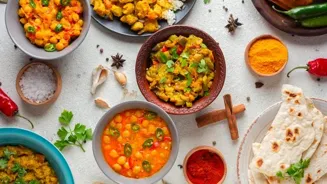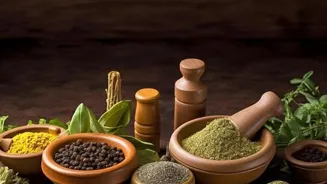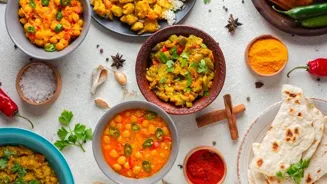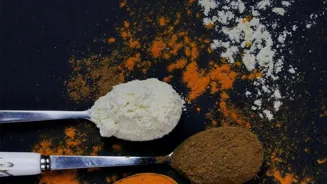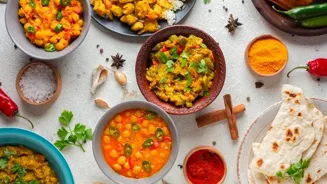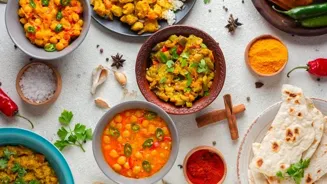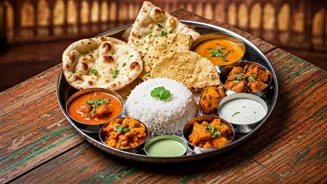Dive into the world of Indian seasoning: From spice blends to health benefits, discover the magic of flavors
India, a land of vibrant colours, rich traditions, and of course, an incredibly diverse and flavorful
cuisine. Indian food isn't just about filling your stomach; it's a sensory experience, a journey through aromas and tastes that tantalize the palate.
And at the heart of this culinary magic lies the art of seasoning, the careful and skillful use of spices to transform simple ingredients into extraordinary dishes. Seasoning in Indian cooking is not an afterthought; it's the foundation upon which every delicious meal is built.
It's what differentiates a bland preparation from a truly memorable culinary masterpiece, adding depth, complexity, and a unique character to each and every dish.
Indian cuisine: diverse spices blend for rich flavors in regional specialties
Indian cuisine boasts a remarkable array of spices, each with its unique flavor profile and contribution to the overall taste.
From the warmth of turmeric and cumin to the fiery heat of chilies and the aromatic sweetness of cardamom, the spice rack in an Indian kitchen is a treasure trove of culinary possibilities.
But the beauty of Indian seasoning lies not only in the variety of spices used but also in the way they are combined and used. Traditional Indian recipes often call for a blend of spices, carefully chosen and measured to create a harmonious balance of flavors.
These spice blends may vary from region to region, creating distinct regional specialties.
Mastering Indian cooking: timing and method of spice use
The correct use of spices is an art form passed down through generations. Understanding the properties of each spice – whether it's best bloomed in hot oil, added at the end of cooking, or ground fresh for maximum aroma – is crucial.
The timing of adding spices can drastically alter the taste of a dish. Knowing when to add whole spices for a subtle infusion and when to add ground spices for a more intense flavor is key to mastering Indian cooking. A pinch of asafoetida (hing) can transform the taste of lentils.
Roasting spices before grounding always enhances the fragrance of the spices.
Spices in Indian cuisine offer health benefits beyond flavor
Many spices also possess medicinal properties and have been used in Ayurvedic medicine for centuries. Turmeric, for example, is well-known for its anti-inflammatory and antioxidant properties. Ginger and garlic are believed to aid digestion, while cloves are used for their analgesic properties.
Thus, seasoning in Indian cuisine is not just about flavor; it's also about promoting health and well-being. Incorporating these spices into your daily diet can offer numerous health benefits, making your meals both delicious and nutritious.
Fresh herbs enhance flavor and visual appeal of Indian dishes
Beyond the spices themselves, the use of fresh herbs also plays a vital role in seasoning Indian food. Coriander (cilantro), mint, and curry leaves are commonly used to add brightness and freshness to dishes.
These herbs are often added at the end of cooking to preserve their delicate flavors and aromas. A sprinkle of fresh coriander can elevate the taste of a simple dal or vegetable dish, making it more appealing and flavorful.
The addition of fresh herbs not only enhances the taste of the food but also adds a visual appeal to it.
Indian tadka elevates dishes with sizzling spices in hot oil
The art of seasoning extends beyond just spices and herbs. The use of tempering, also known as "tadka" or "chhonk," is a technique unique to Indian cooking.
This involves heating oil or ghee and then adding whole spices, such as cumin seeds, mustard seeds, and red chilies, to infuse the oil with their flavors. The hot, aromatic oil is then poured over a dish, adding both flavor and texture.
A well-executed tadka can transform a simple lentil soup or vegetable dish into a culinary delight. The sizzling sound and the aroma of the spices in hot oil are enough to awaken the appetite and make the dish incredibly inviting.
